Best cameras for beginners
Five brilliant buys for budding photographers, from budget to blow-out
For the past half century, most serious cameras have used the single-lens reflex (SLR) system.
With an internal prism and a mirror, these cameras divert light from the lens into the viewfinder, providing photographers with an accurate image preview whether they’re using a telephoto or wide-angle lens. When the shutter button is pressed, the mirror flips up out of the way and light streams through onto the film or sensor.
Now, though, camera-makers are doing away with this bulky mechanical approach, replacing both mirror and prism with an electronic viewfinder that displays a video feed from the digital sensor. And the most serious of these new mirrorless cameras is the Canon EOS R5.
The Week
Escape your echo chamber. Get the facts behind the news, plus analysis from multiple perspectives.

Sign up for The Week's Free Newsletters
From our morning news briefing to a weekly Good News Newsletter, get the best of The Week delivered directly to your inbox.
From our morning news briefing to a weekly Good News Newsletter, get the best of The Week delivered directly to your inbox.
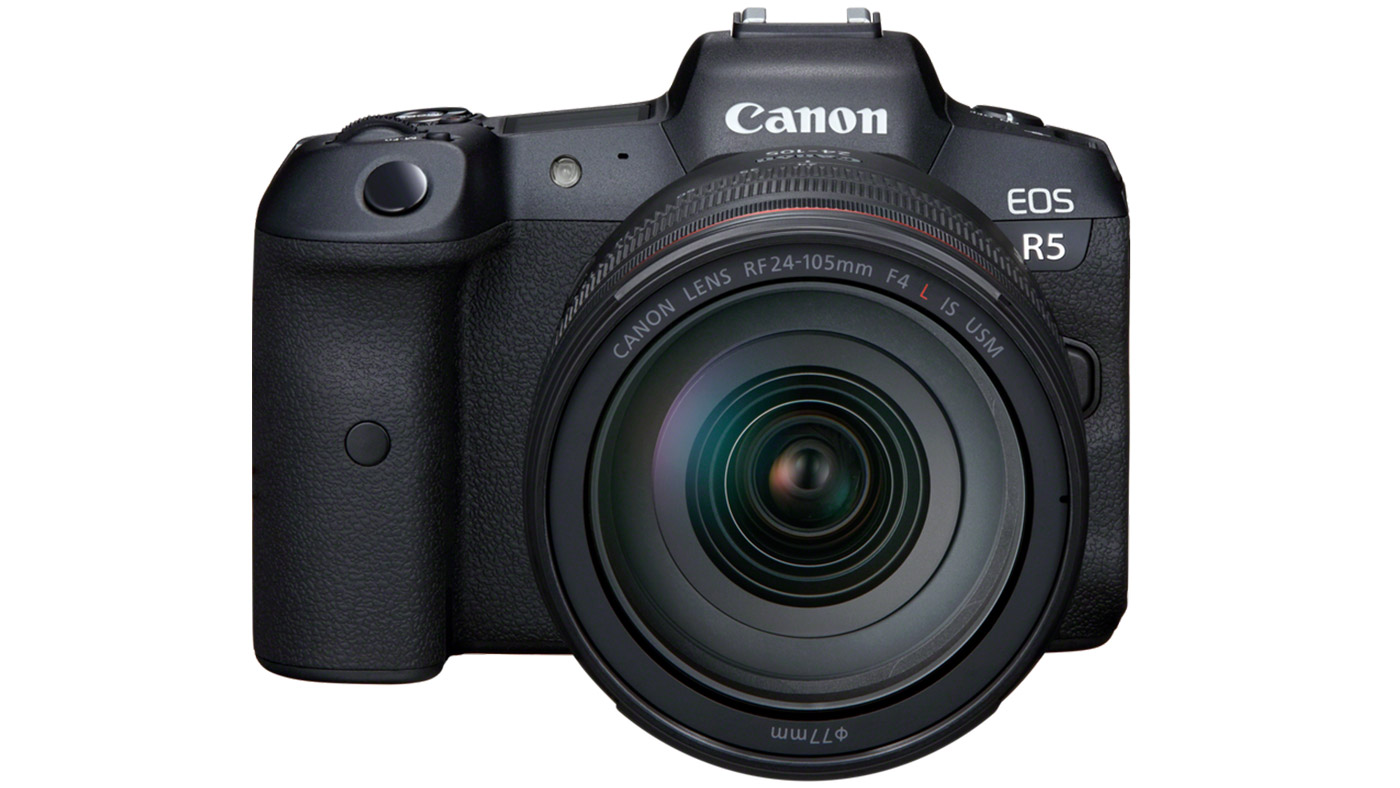
Headline specifications
The R5 is Canon’s long-term replacement for the EOS 5D, its venerable SLR workhorse. The most recent 5D model, which went on sale four years ago, shoots 30-megapixel images at seven frames per second. By comparison, the new R5 takes 47-megapixel images at up to 20 frames per second - a level beyond which further advances bring diminishing returns.
What is genuinely transformational, however, is the new camera’s incomparably fast and flexible autofocus system. The potential to customise seems limitless: you can set up single-point focusing using the rear touchscreen or joystick, use eye-detection modes to track people or animals as they move through the frame - or let the camera pick a focus point for you, either within a zone you choose or across the whole image.
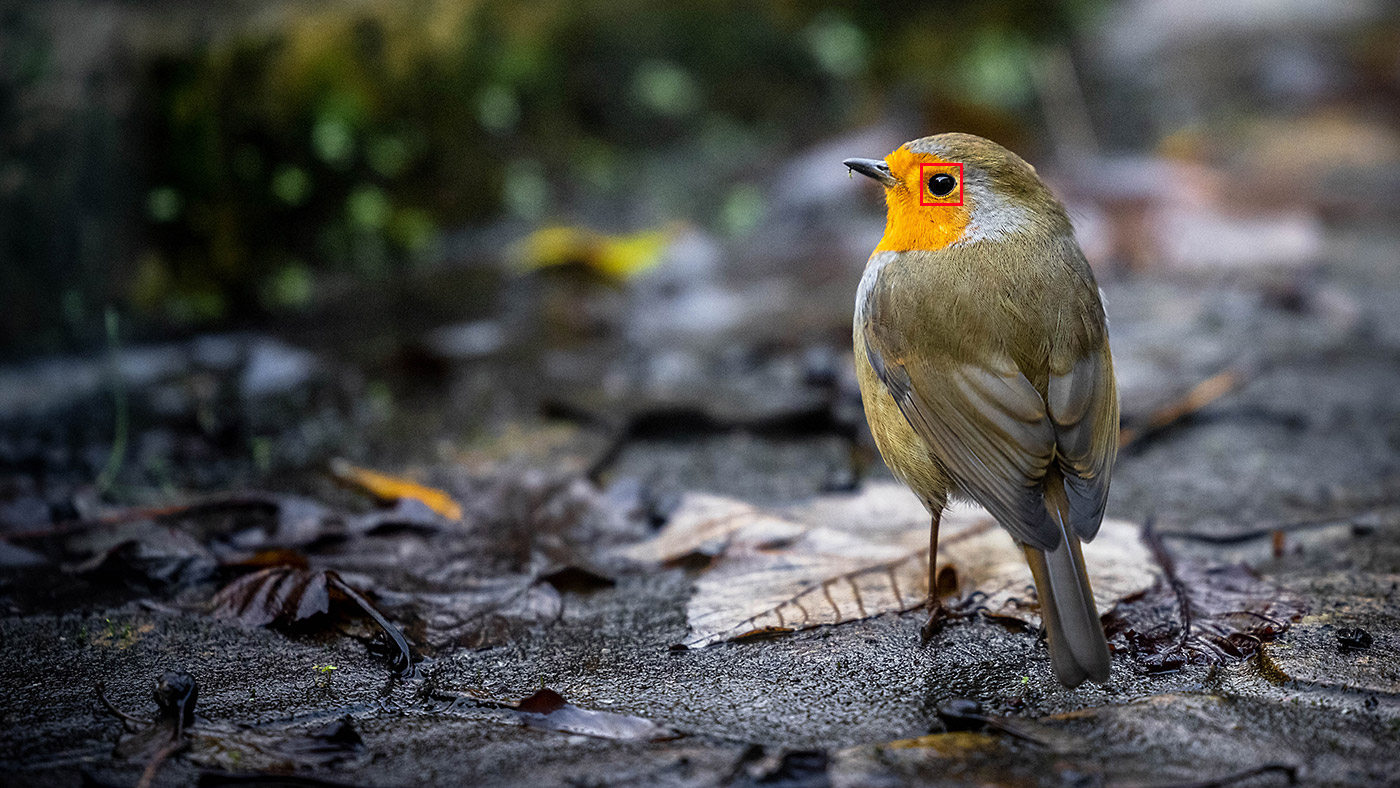
For wildlife photographers (even those restricted to their gardens by Covid lockdown), the ability to programme up to three buttons with custom autofocus settings is a gamechanger. For example, setting one button to focus on a single static point and another to activate eye-detection and tracking means you won’t be caught out when a bird takes wing or a crouching tiger leaps into action.
A free daily email with the biggest news stories of the day – and the best features from TheWeek.com
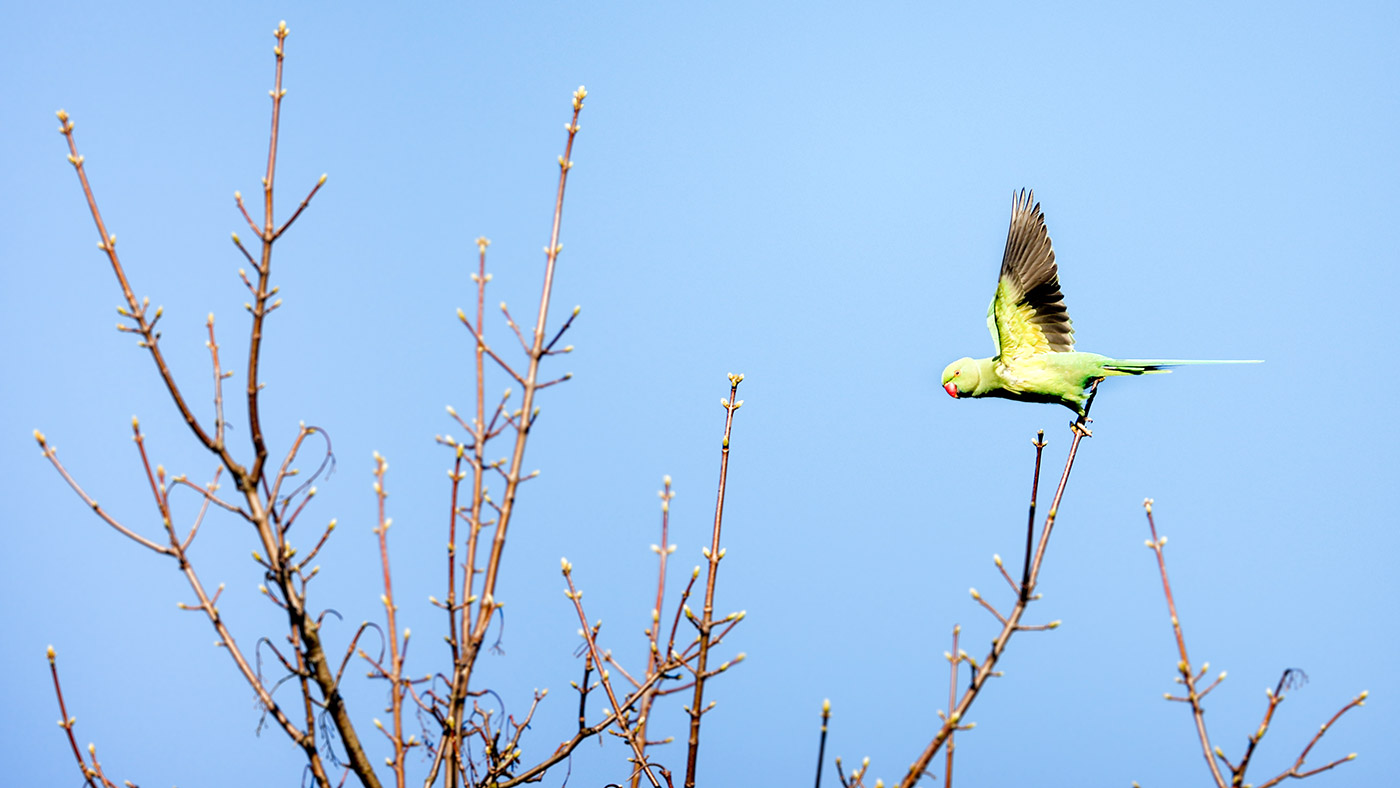
The R5 is also the first Canon model to incorporate image stabilisation into the body of the camera as well as the lens, helping to keep photos sharp in gloomy conditions. Or indeed in the dark: the sensor’s low-light performance lets you photograph scenes you can barely see with the naked eye.
Design and usability
The Canon R5 will be instantly familiar to anyone who has used one of its predecessor SLRs. The body is a little smaller and lighter and the shape more angular, but the controls are all where you would expect them to be.
The biggest difference is the electronic viewfinder, although the 5.76 million pixel resolution is sharp and smooth enough that you’ll soon forget you’re not looking at the world through glass. The mirrorless approach has advantages too: the viewfinder can be set to brighten the scene if you’re shooting in the dark - or to offer a magnified view for fine-tuning manual focus (or inspecting an image you’ve just taken).
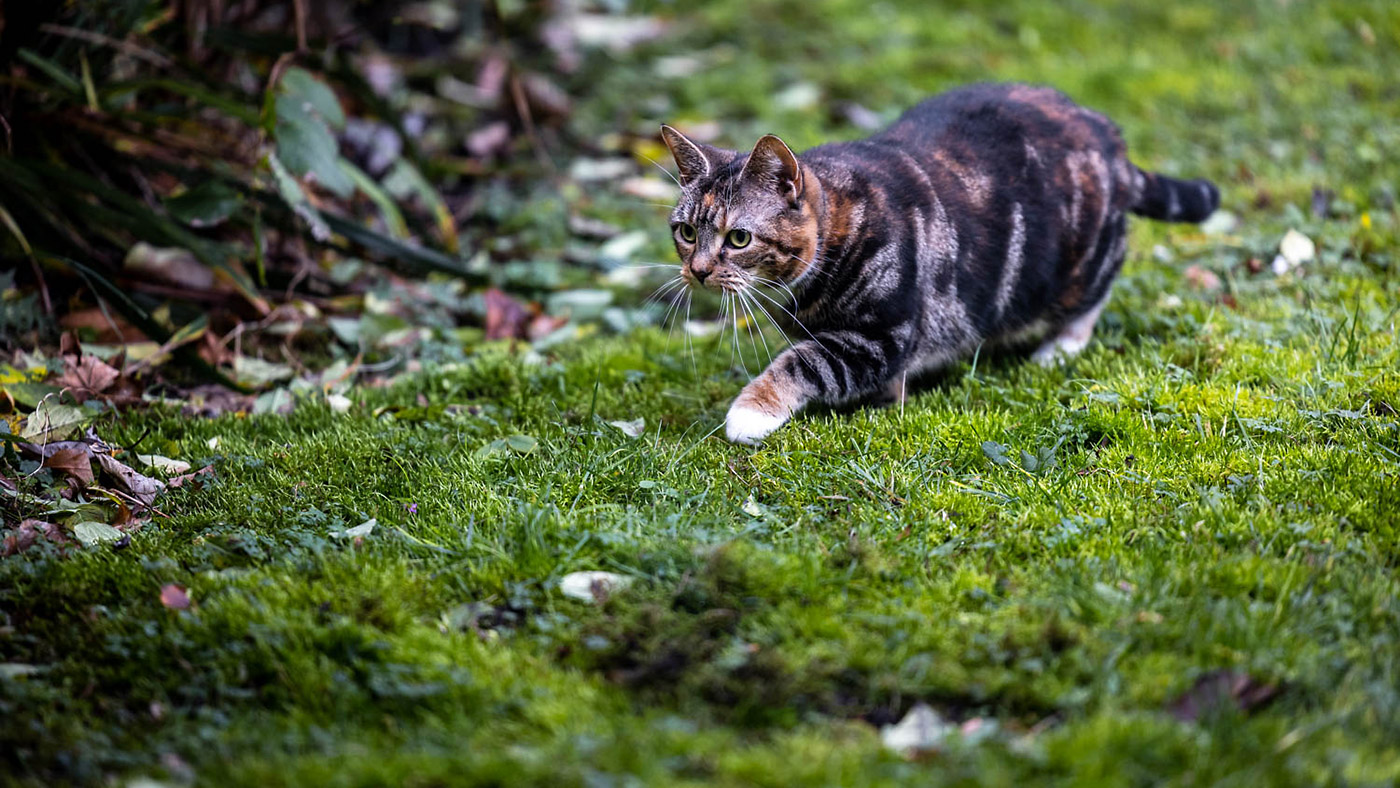
Image quality
Although it won’t turn a bad photographer into a good one, the R5 will make the most of whatever talent you have. The sensor produces crisp, well balanced images with beautiful colours, especially when paired with Canon’s new range of RF lenses (older SLR lenses can be used with an adaptor). And the combination of exceptional low-light sensitivity and a fast, flexible autofocus system can deliver sharp results in conditions that a lesser camera would have turned into a blurry mess.
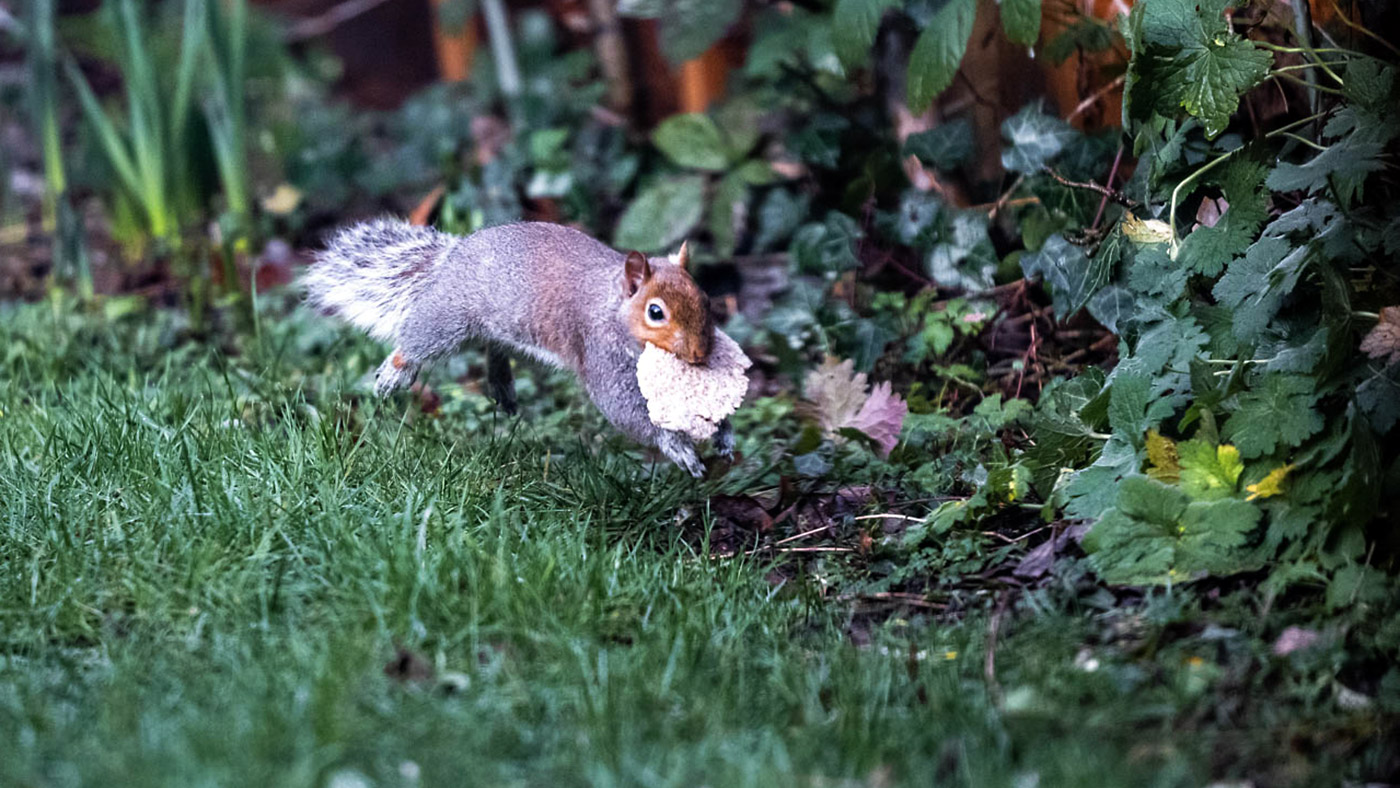
The EOS R5 is available from Canon for £4,299
-
 Why it’s important to shop around for a mortgage and what to look for
Why it’s important to shop around for a mortgage and what to look forThe Explainer You can save big by comparing different mortgage offers
-
 4 ways to save on rising health care costs
4 ways to save on rising health care costsThe Explainer Health care expenses are part of an overall increase in the cost of living for Americans
-
 How to financially prepare for divorce
How to financially prepare for divorceThe Explainer Facing ‘irreconcilable differences’ does not have to be financially devastating
-
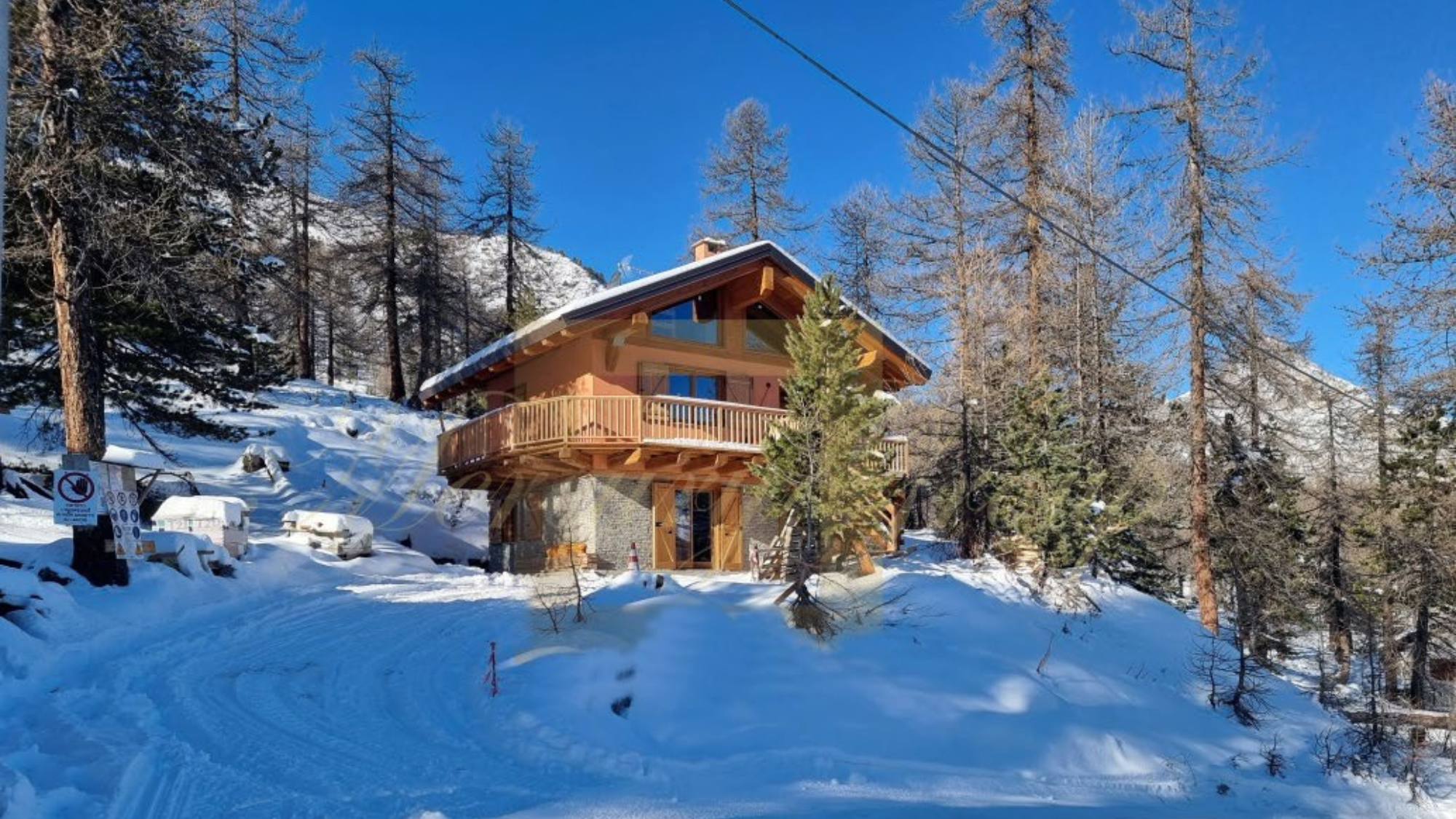 Properties of the week: covetable ski chalets
Properties of the week: covetable ski chaletsThe Week Recommends Including homes in Verbier, Haute-Savoie and Monti della Luna
-
 Best new hotels and places to stay in 2024
Best new hotels and places to stay in 2024The Week Recommends Featuring stylish island resorts, historical properties and wilderness retreats
-
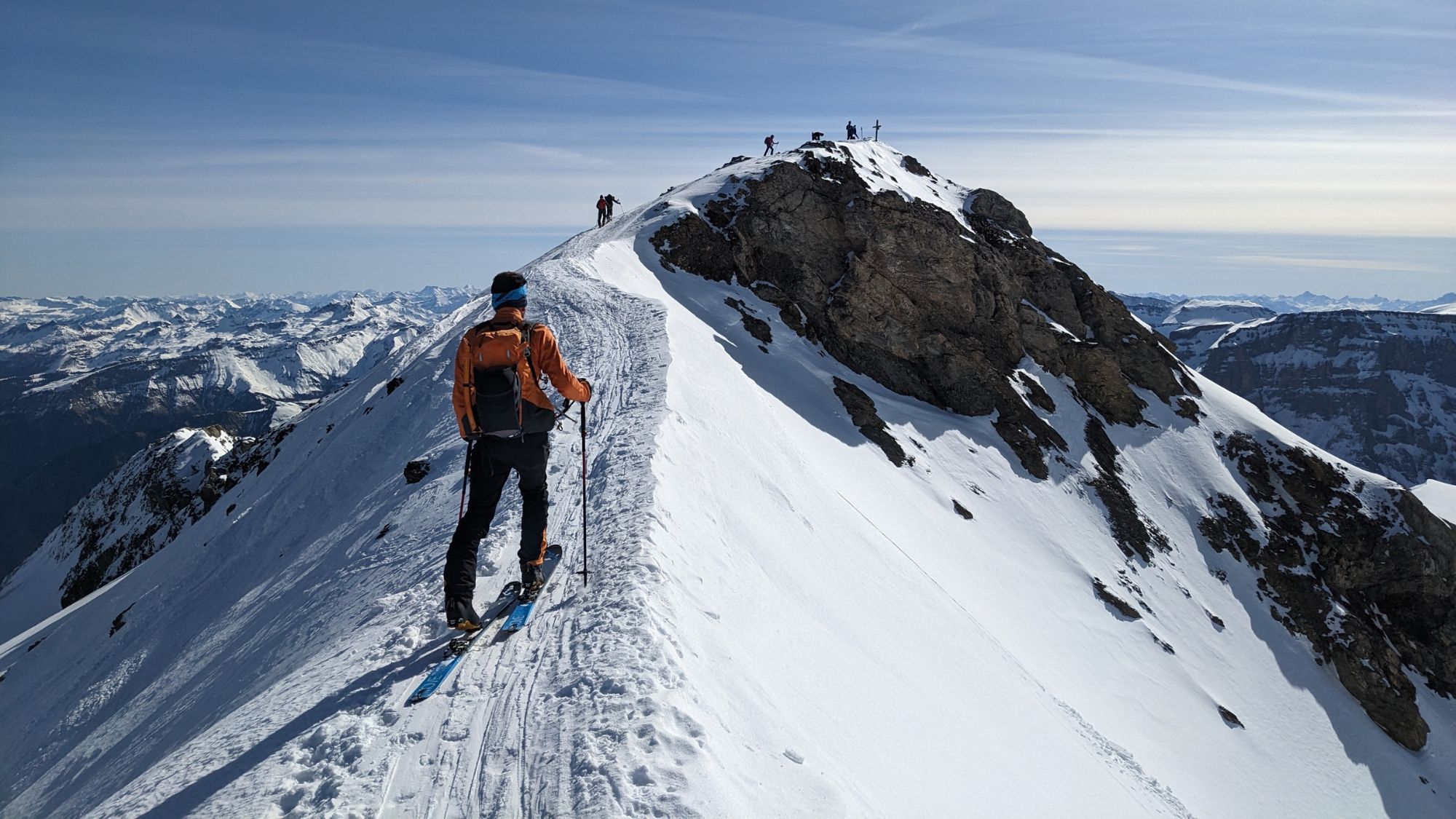 An Alpine ski tour from Andermatt to Engelberg
An Alpine ski tour from Andermatt to EngelbergThe Week Recommends The Urner Haute Route features some of the wildest terrain in the Alps
-
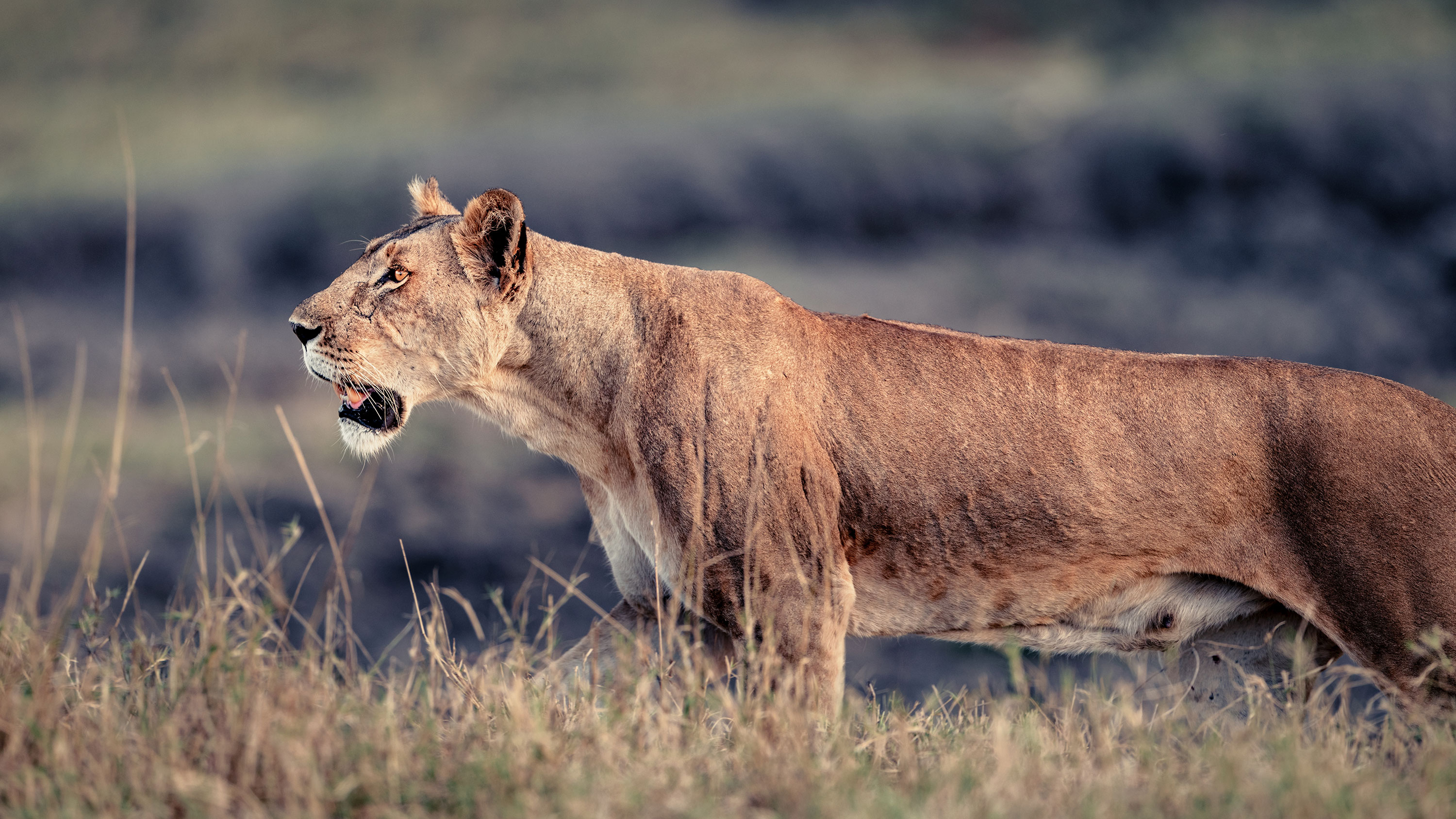 The 2024 travel bucket list
The 2024 travel bucket listThe Week Recommends Best holidays, adventures and experiences to book in 2024
-
 Luxury in Lapland: how to meet Santa in style
Luxury in Lapland: how to meet Santa in styleThe Week Recommends From husky sleigh rides and tobogganing to searching for Father Christmas on a snowmobile
-
 Island hopping in the Caribbean
Island hopping in the CaribbeanThe Week Recommends Barbados and Grenada offer different perspectives on paradise
-
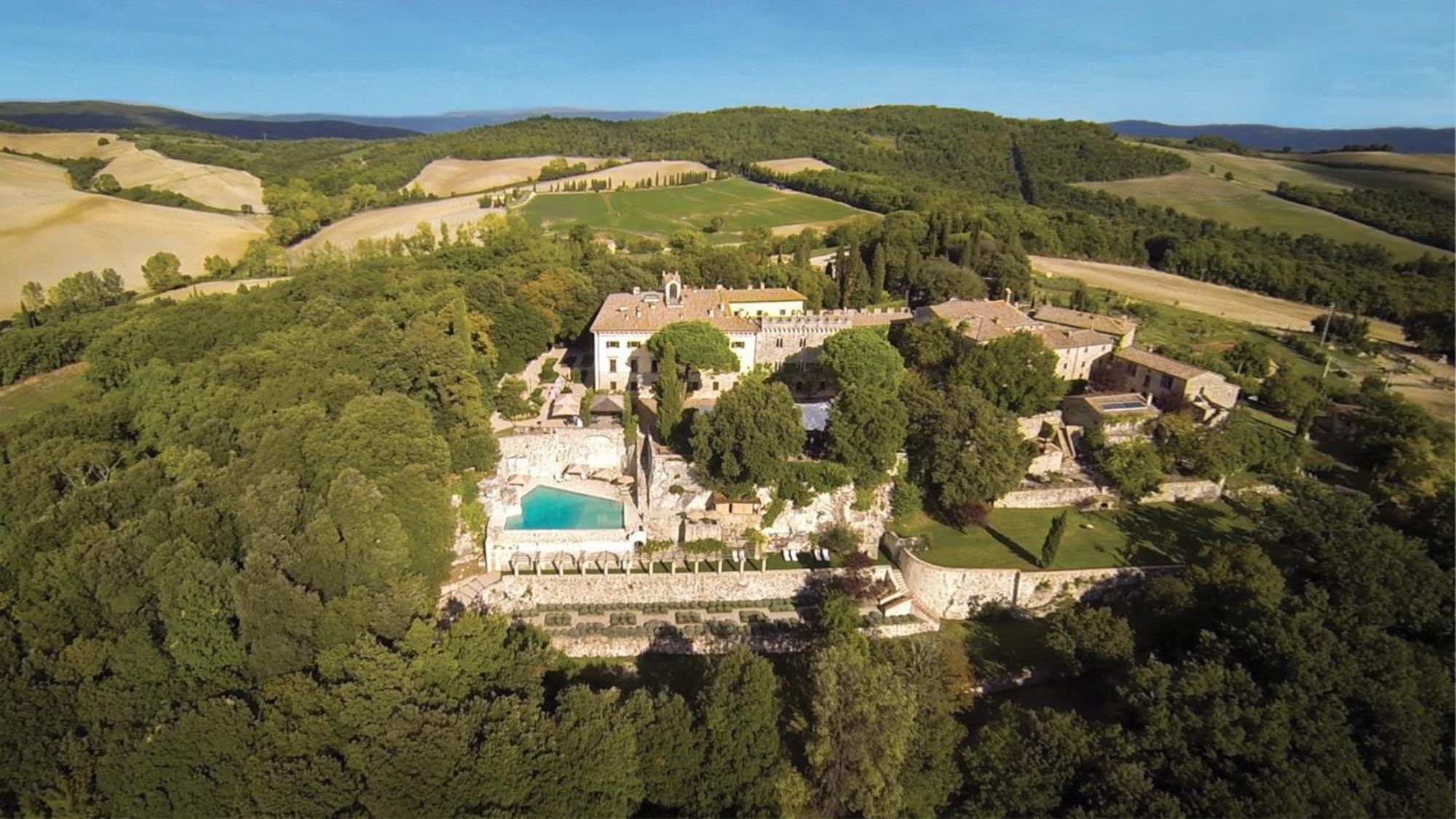 Borgo Pignano review: a taste of Tuscan tradition and nature
Borgo Pignano review: a taste of Tuscan tradition and natureThe Week Recommends Enjoy a retreat-like experience that's as relentlessly authentic as it is luxurious
-
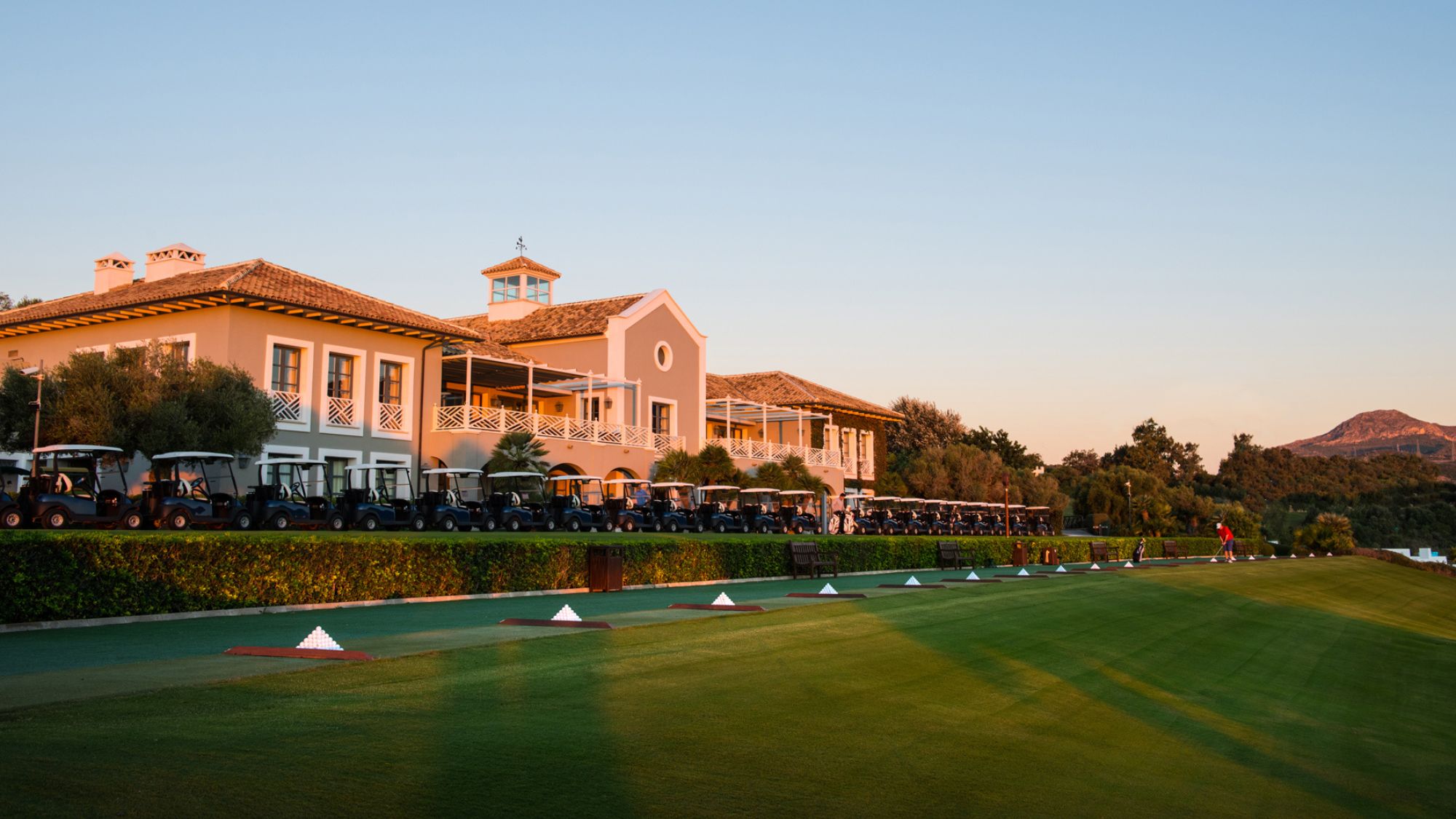 Finca Cortesin review: teeing off in style in Andalucia
Finca Cortesin review: teeing off in style in AndaluciaThe Week Recommends Pristine golf meets beach and spa paradise at the Solheim Cup host venue